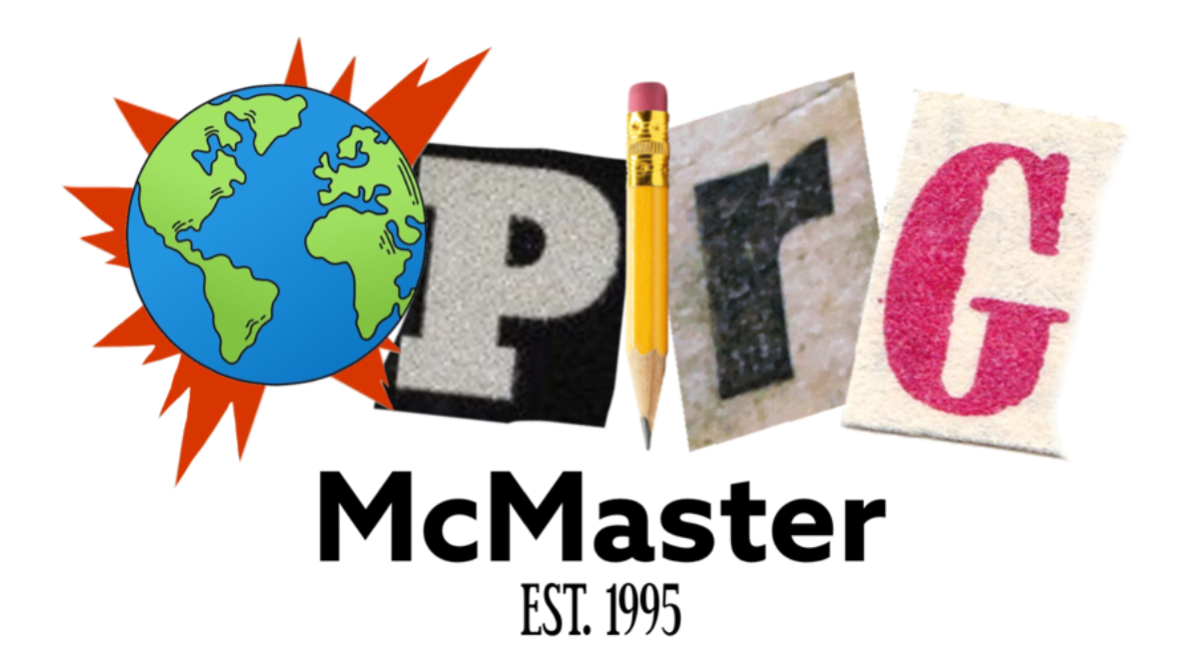Thoughts on MUSC 229
A physical space is an asset, but how we use the space depends on point of view.
If you want to get focused, detailed work done, you might want a quiet setting with few distractions
If you have a resource you want people to use, you want to draw them to the place
If you want to engage with a group working on a public interest project you will require a place open to idea exchange with tools to support design-thinking and project development
When you have only one physical space with these - at times conflicting - needs, how do we ensure all users are respected?
QUIET SPACE
this is already happening with agreed upon quiet hours during days. No meetings or bookings occur in the morning at the request of one of the staffOPTION: with mobile tools and board/volunteer support, staff could work remotely part of the time
RESOURCE DRAW
A new online catalogue for books has been in place for about a year
A new website advertises equipment bookings (button-maker) and library
Student staff supplement staff role with resource position to promote the space
Events in space (Cup of Connections drop in)
OPTION: REVIEW importance of books, look at a theme to focus collection (activism/organizing), analyze use based on patron and equipment use. Could track use of iMac (sign-in/out) and/or have a visitor log with name/reason for visit to get better understanding of current use/needs
ENGAGEMENT SPACE
Least supported aspect of current space
NEW: Self-booking form/calendar for working groups for after hours/weekends
Need to maximize physical space to allow meeting/group-work space
Need wall space for interactive tools like large whiteboards, projection space (this was reflected in work by resource centre committee in 2016-2017)
Need resource material that helps groups take action
MISSION
OPIRG McMaster's Mission is to empower students and community in exchanging ideas and taking action on diverse social justice and environmental issues by connecting individuals, groups, organizations, and resources.
Suggested refinement:
“Empower Students” = Working Groups
“Community” = Partnerships (campus and community)
CONCLUSION
Getting more people to the space in MUSC 229 helps strengthen their connection to OPIRG’s brand, and exposes more people to available tools and resources that add real value (though we need to constantly evaluate what tools actually provide benefit) - brand/mission loyalty of some uses low (retail, books).
We can continue to develop the space to serve more student/working group/community needs. Various uses of the space can easily be accommodated by shared PIRG vision/values to support our mission.


